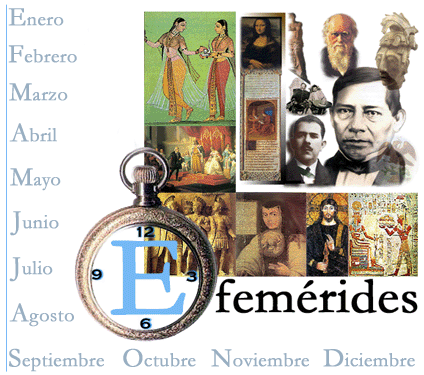 The name of Art Nouveau is the one applied to an artistic style that emerged in the late nineteenth and early twentieth centuries. Its name comes from French and should be understood as 'new art', although in some cases it appears as 'modern art'. Art Nouveau does not have a specific origin that can be limited to a defined time or date, but can be considered a movement that takes influences from very varied styles and that already has its own characteristics in the last decade of the 19th century.
The name of Art Nouveau is the one applied to an artistic style that emerged in the late nineteenth and early twentieth centuries. Its name comes from French and should be understood as 'new art', although in some cases it appears as 'modern art'. Art Nouveau does not have a specific origin that can be limited to a defined time or date, but can be considered a movement that takes influences from very varied styles and that already has its own characteristics in the last decade of the 19th century.
Art Nouveau is a very particular and clearly distinguishable style. While many artistic styles in human history have been limited to a couple of branches, Art Nouveau can be found in painting, architecture, sculpture, drawing, graphic design, interior design, textile design. , and in jewelry, among other things. In this sense, the artists who contributed to the development of Art Nouveau understood that it was a lifestyle rather than an art form, so the relationships between the different representations were infinite and permanent. For them, moreover, art could enter into a perfect balance with the usefulness or functionality of different objects instead of becoming something not enjoyable in daily life. Hence the concept of new art.
Art Nouveau sought to represent this union between fine arts and applied arts (those coming from artisan traditions rather than artistic ones) through the presence in everyday elements: doors, windows, furniture, jewelry, lamps, posters, signs. transit, etc. Some of the elements that characterize this art are the use of wavy shapes and lines, free and almost never straight, the overflow of details but in a calm or elegant sense, of colors, of delicate, pale and very sensual female figures. , etc.









